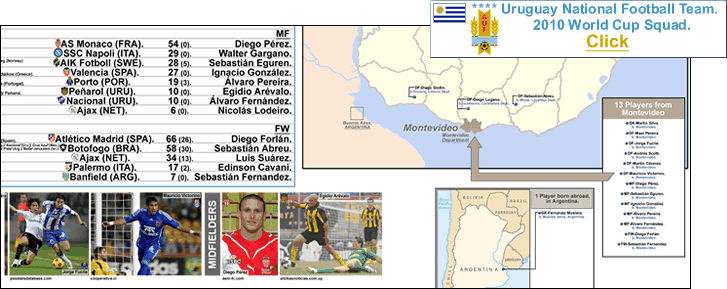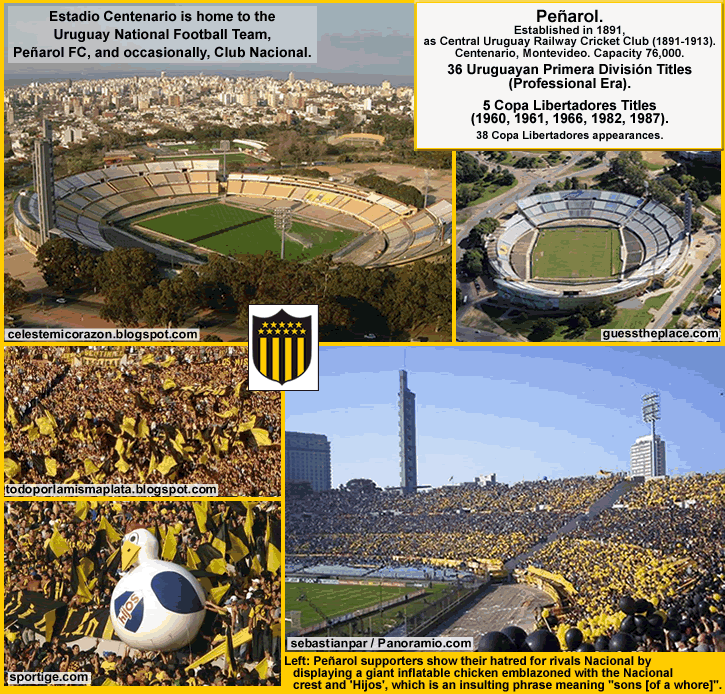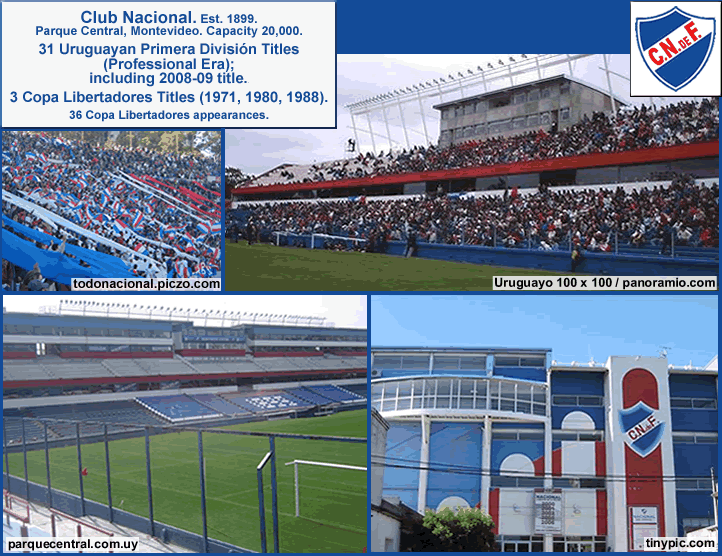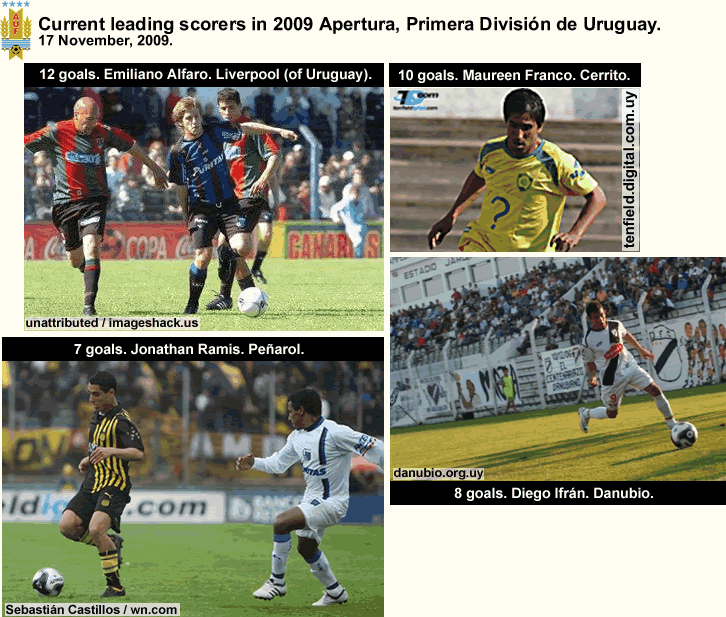…
Uruguay national team. CONMEBOL (South America). Nickname: La Celeste (the Sky Blue One). Home jersey: sky blue with white and gold trim.
-Uruguay is in 2014 FIFA World Cup Group D (with Costa Rica, England, and Italy), ‘2014 FIFA World Cup Group D‘ (en.wikipedia.org).
2014 FIFA World Cup qualification: 12th qualification out of 18 tries (1934 & 1938, did not enter). Uruguay has qualified for the World Cup in 1930, 1950, 1954, 1962, 1966, 1970, 1974, 1986, 1990, 2002, 2010, 2014.
Previous WC finish: 2010, Fourth Place (3-2-2).
Highest WC finish:
1930, Champions (4-0-0).
1950, Champions (3-1-0).
Population of Uruguay: 3.3 million {2013 estimate}. Capital and largest city: Montevideo, metro area pop. 1.7 million {2011 est.}.
-Uruguay coach, Oscar Tabarez. Óscar Tabárez.
-Uruguay squad captain, 33-year-old free agent DF Diego Lugano (who was previously with West Bromwich Albion, and before that, with Málaga, PSG, and Fenerbahçe). Diego Lugano.
From Spectator.co.uk, from 26 April 2014, by Daniel Harris, ‘Morally, can we justify giving Luis Suárez a Player of the Year award?‘ (blogs.spectator.co.uk)
Below: Theoretical Best XI for Uruguay (with 4 other player-options further below) -

Uruguay on globe, map by Connormah at ‘File:Uruguay (orthographic projection).svg‘ (en.wikipedia.org).
Uruguay blank map by NordNordWest at ‘File:Uruguay location map.svg‘ (en.wikipedia.org).
Uruguay 2014 jersey, photo from worldsoccershop.com.
Coach,
Óscar Tabárez, photo from fifa.com.
Goalkeeper,
Fernando Muslera (Galatasaray), photo by Valerio Pennicino/Getty Images Europe via zimbio.com.
Defenders,
Maxi Pereira RB/RM (Benfica), photo unattributed at abola.pt.
Diego Lugano CB/DM (unattached), photo unattributed at taringa.net.
Diego Godín CB/DM (Atlético Madrid), photo by Getty Images via express.co.uk/sport/football.
Martín Cáceres LB/CB/RB (Juventus), photo by Getty Images via futbol.univision.com.
Midfielders/Wingers,
Christian Stuani FW/RW/LW (Espanyol), photo from diariolagrada.com/noticias/espanyol.
Egidio Arévalo CM/DM (UANL/Morelia), photo unattributed at excelsior.com.mx.
Nicolás Lodeiro AM/W (Corinthians), photo by botofogo.com.br via futbol.com.uy/notdeportes.
Cristian Rodríguez LW/LM/CM (Atlético Madrid), photo by Gonzalo Arroyo Moreno/Getty Images Europe via zimbio.com.
Forwards,
Luis Suárez FW (Liverpool), photo by Rex Features via AP Images via businessweek.com/news/2013-04-24/liverpool-s-luis-suarez-banned-for-10-games-for-biting-opponent.
Edinson Cavani (Paris Saint-Germain), photo by Icon Sport via backpagefootball.com.
Other player-options,
Walter Gargano CM/DM (Napoli/Parma), photo by Daniele Buffa/Image Sport via tuttomercatoweb.com/fotonotizia-parma-roma-le-immagini-piu-belle.
Gastón Ramírez AM/CM/W (Southampton), photo by Julian Finney/Getty Images Europe via zimbio.com.
Diego Forlán FW/LW (Cerezo Osaka), photo by Masashi Hara/Getty Images AsiaPac via zimbio.com.
Álvaro Pereira LW/LM (Inter/São Paulo), photo from ndonline.com.br/esportes.
___
Thanks to the contributors at ‘2014 FIFA World Cup qualification‘ (en.wikipedia.org).
Thanks to the contributors at ‘Uruguay national football team‘ (en.wikipedia.org).
Thanks to http://www.transfermarkt.com/en/, for player-position details.
Thanks to Soccerway.com, for recent squad line-ups (with positions-on-the-field graphics), at http://us.soccerway.com/international/nc-america/wc-qualifying-concacaf/2014-brazil/4th-round/r15679/;
& at http://us.soccerway.com/international/world/wc-qualifying-intercontinental-play-offs/2014-brazil/s6223/final-stages/?ICID=SN_04_85
.







